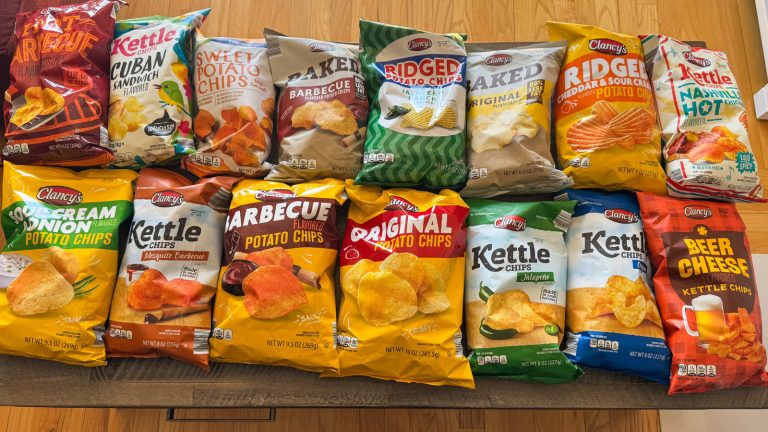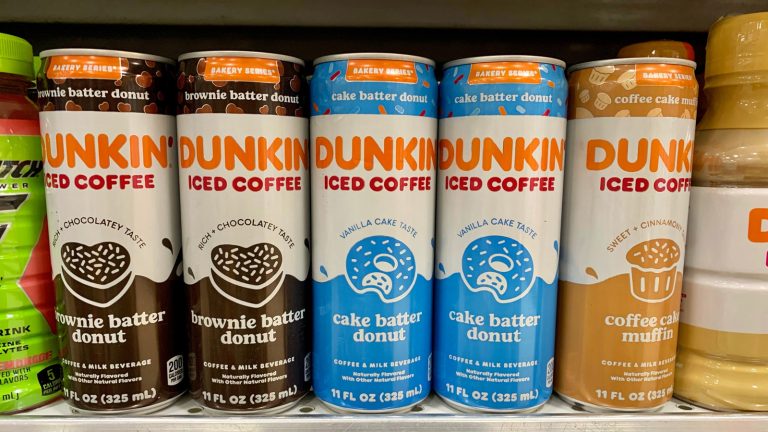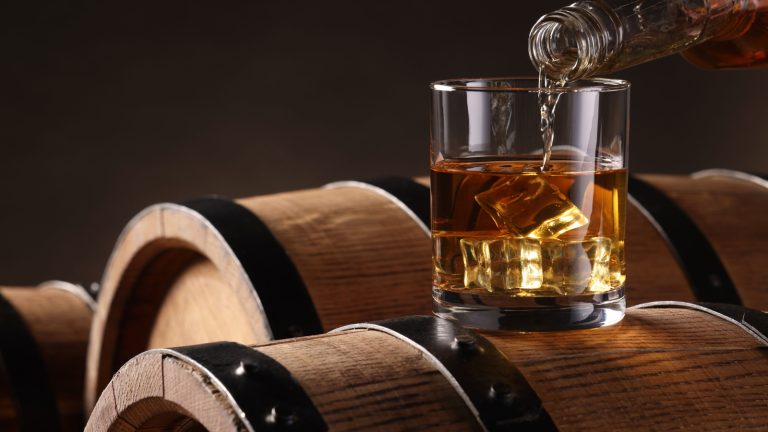Who’d have thought that digits alone held time-traveling powers? A mere mention of the ’90s transports you down memory lane. Perhaps you’re recalling nostalgic childhood snacks or that vintage Betty Crocker candy that’s probably gone for good. Don’t forget the culture, either; sounds of Nirvana and Tupac blasted through radios while TV shows like “The Fresh Prince of Bel-Air” ran on repeat. Yet there’s another important feature of the ’90s — interior design. Do you remember all those charming kitchen color schemes? Some combinations deserve an immediate comeback.
Rather than the minimalism that’s regularly embraced in the 21st century, the 1990s hinged on a sense of warmth and coziness. There was a step towards practicality and earthier tones (slightly distancing itself from the eccentricity of the ’80s), but bolder colors were still subtly implemented. From butcher block countertops to pastel-checkered backsplashes, these are some of the ’90s kitchen color schemes that need reviving. Can anyone spot a design from their childhood kitchen?
Brown tones
Remember those classic ’90s dark browns? It was an interesting color scheme that imparted a warming psychological effect and a sense of stability. That depth of color is an important distinction; forget light-colored pines, oaks, or tans. The scheme was sultry, with a darkened aesthetic. Think grounded and ever-so-slightly “old money.”
Fans of this color palette should rejoice; brown is actually undergoing a well-deserved resurrection. In fact, some brands that offer stylish retro appliances are specifically releasing items in chocolate. The resurgence is generally cited as part of the wider shift towards nature-inspired designs. As consumers become increasingly eco-conscious, there’s heightened demand for color palettes that invoke natural connotations. Brown schemes fall safely into that category, so consider incorporating it into your kitchen. You could take a dramatic approach, with dark brown cabinets or major furnishings like a dining table. Alternatively, incorporate subtle touches, like light fixtures or window treatments.
Pale cabinets
The ’90s didn’t solely revolve around dark color schemes. Sometimes, popular designs took a polar opposite approach with pale cabinets. This design has clear benefits. It feels light, bright, and airy — a charming and timeless aesthetic for a kitchen. The exact color within this scheme is up for debate, but white cabinets are typically linked with higher resale value. It doesn’t have to be so extreme as white cabinets, though. Off-white, cream, or beige achieve similar effects.
While it never exactly went out of fashion, many film enthusiasts will remember this trend through the works of Nancy Meyers. Her productions had a long reign of influence, including “Something’s Gotta Give,” aka the 2000s rom-com that launched a thousand kitchen remodels. The films became associated as time capsules for kitchen designs between the ’90s and early 2000s. And, on these domestic film sets, there was a striking feature: A monochromatic approach with white or off-white cabinets.
Warm oak cabinets
It’s common knowledge that the ’90s went heavy on wooden features, be that butcher block countertops or naturally-finished dining tables. Yet there was one particularly popular design scheme: warm-toned wooden cabinets. Never forget the role that material choice plays in a color palette. Naturally occurring cabinet colors set the tone for a kitchen’s aesthetic, so be mindful when selecting wood types. The ’90s leaned heavily towards honey or gold-toned oaks, which impart a welcoming undertone to traditional kitchen layouts.
Fast forward to today, and that warm color scheme is part and parcel of how the ’90s kitchen designs curate a feeling of comfort. How could you not encourage a comeback? Fans of this aesthetic can breathe a sigh of relief; oak cabinets are still gathering traction amongst modern home-owners. That’s one charming color scheme scratched off the list of potentially outdated kitchen design trends you should avoid completely. Just bear in mind that trending oaks are slightly lighter than those super-strength original tones — think soft, not strong honey.
Colored patterns
The ’90s weren’t quite as eccentric as the ’80s. To briefly summarize, color schemes had evolved into a slightly more mature and understated approach. That said, while patterns were subtler in color, they still formed a staple element in this era’s designs. Some of those playful touches deserve a comeback, including checkered floors, backsplashes, and detailed textiles. Rather than picking out a single color, this scheme shakes things up with a touch of frivolousness.
Whether it involved pastels or primaries, you could spot an element of geometric playfulness… even if it only featured on a dish towel design. It was charming, and that light-hearted ’90s approach definitely deserves a comeback. Certain features have withstood the test of time, including checkered floors. In 2025, trends have taken a similarly muted turn, ironically demanding bright colors in neutral form, and there’s always room to inject a little personality. Why not have some fun? Besides, one of the kitchen trends that we are following in 2025 is bold-patterned backsplashes.
Warm painted walls
That classic ’90s warmth? One adaptation of this scheme was warm-colored walls — slightly less eccentric than the earlier wallpaper designs that give your kitchen a retro feel. For instance, blush-tinted pinks, beiges, tans, and even yellows (although nobody is recommending a resurrection of that). The simplest way of achieving this was a lick of paint. Think earthy paint with slight undertones of orange and red, which imparts a natural and calming effect.
As of 2025, there is re-emerging interest in warm colors, especially in communal living spaces like kitchens. Those ’90s blushes are resurfacing in a similar form, like the trending preferences for terracottas. Even those committed to retaining some element of white are turning to slight alternatives, like off-whites, creams, and tans. In short, the harshness of cold-colored walls is entering the rearview mirror. The warm-walled ’90s color scheme is being recognized as the charming trend it once was.





